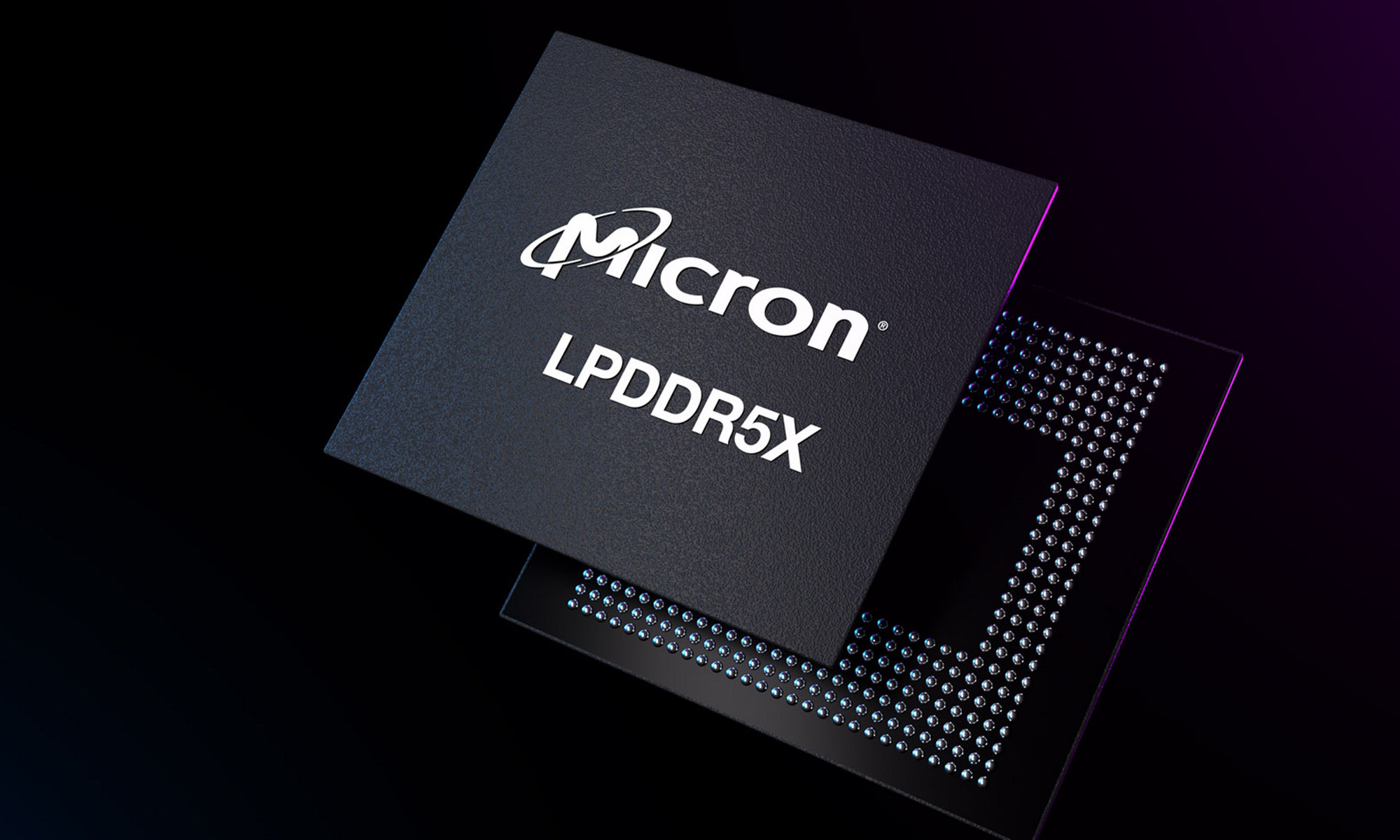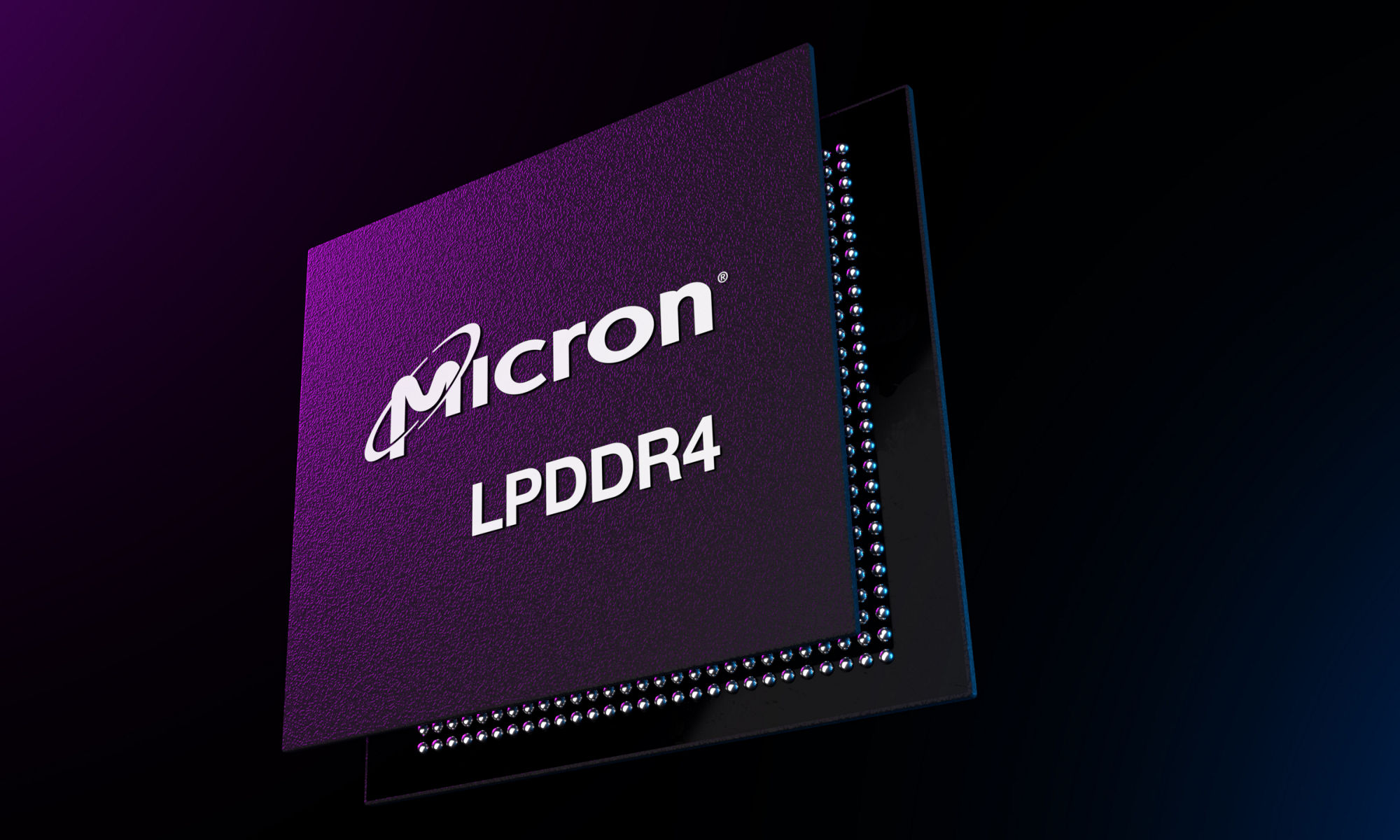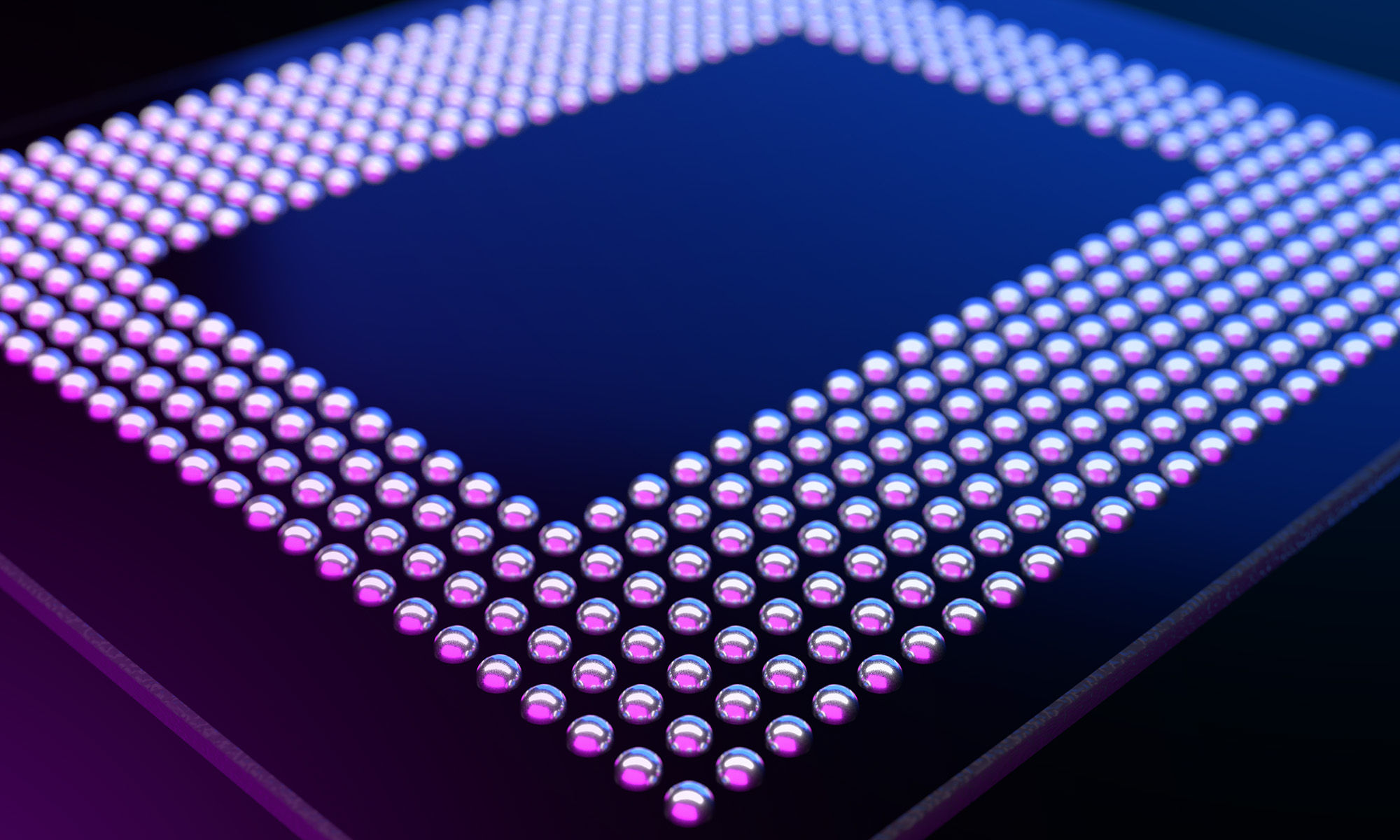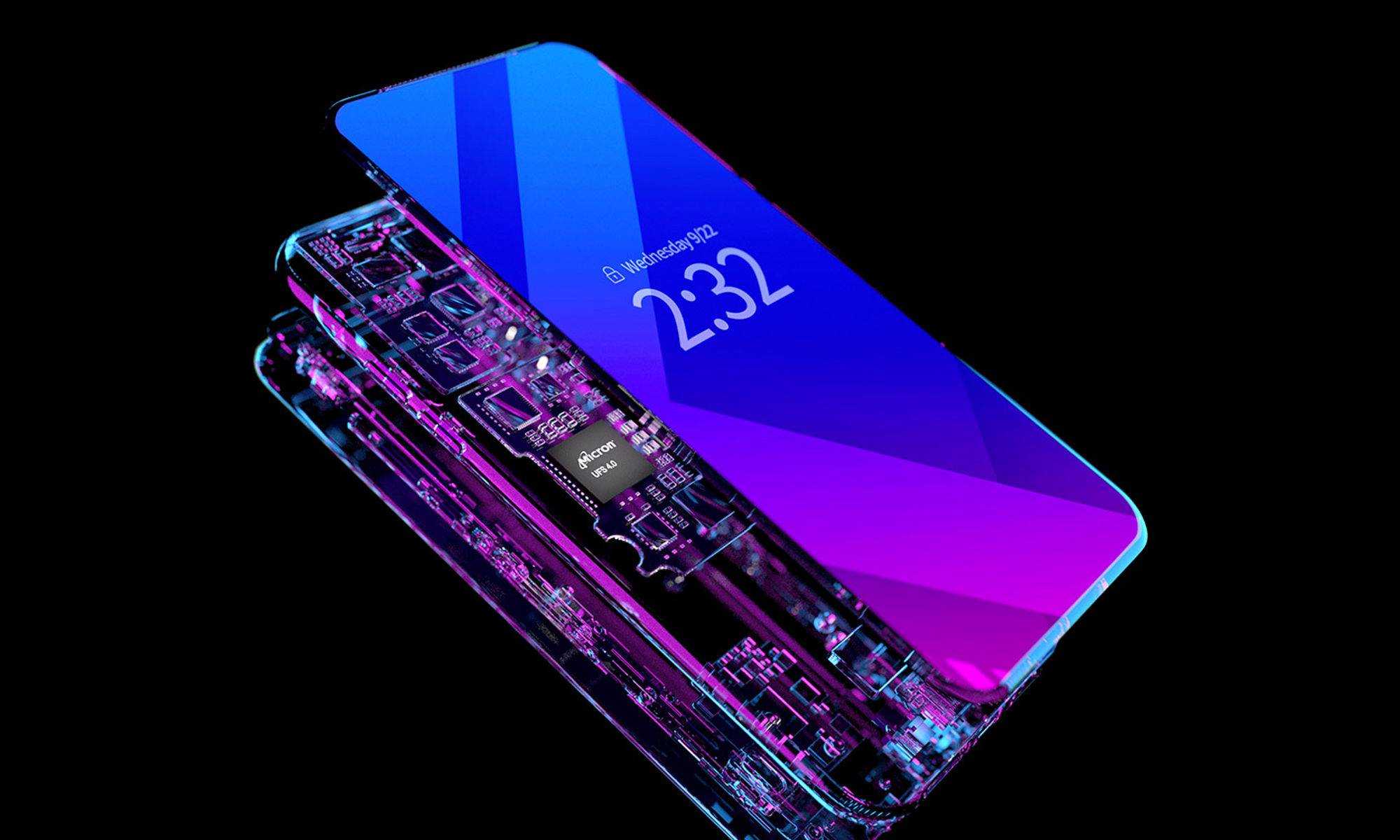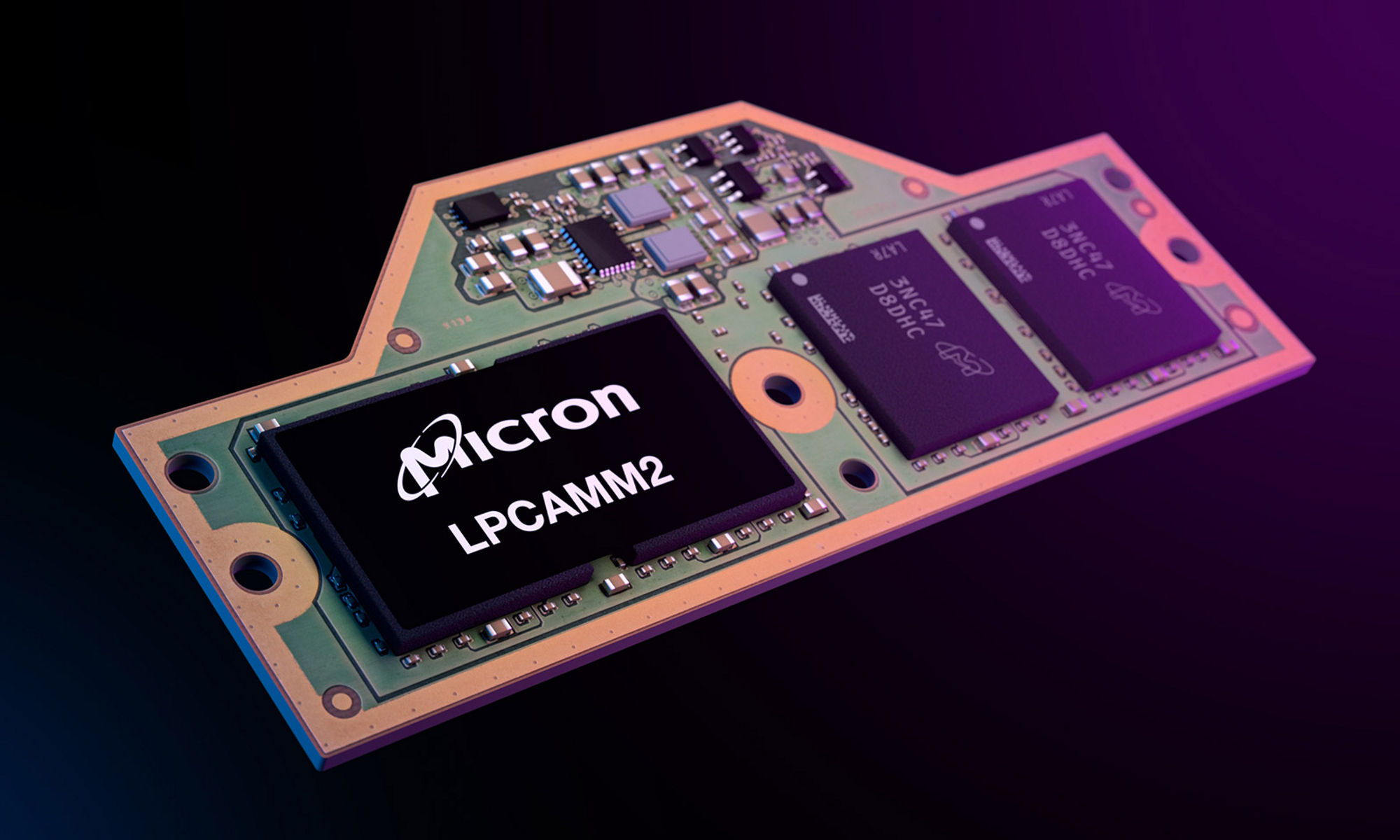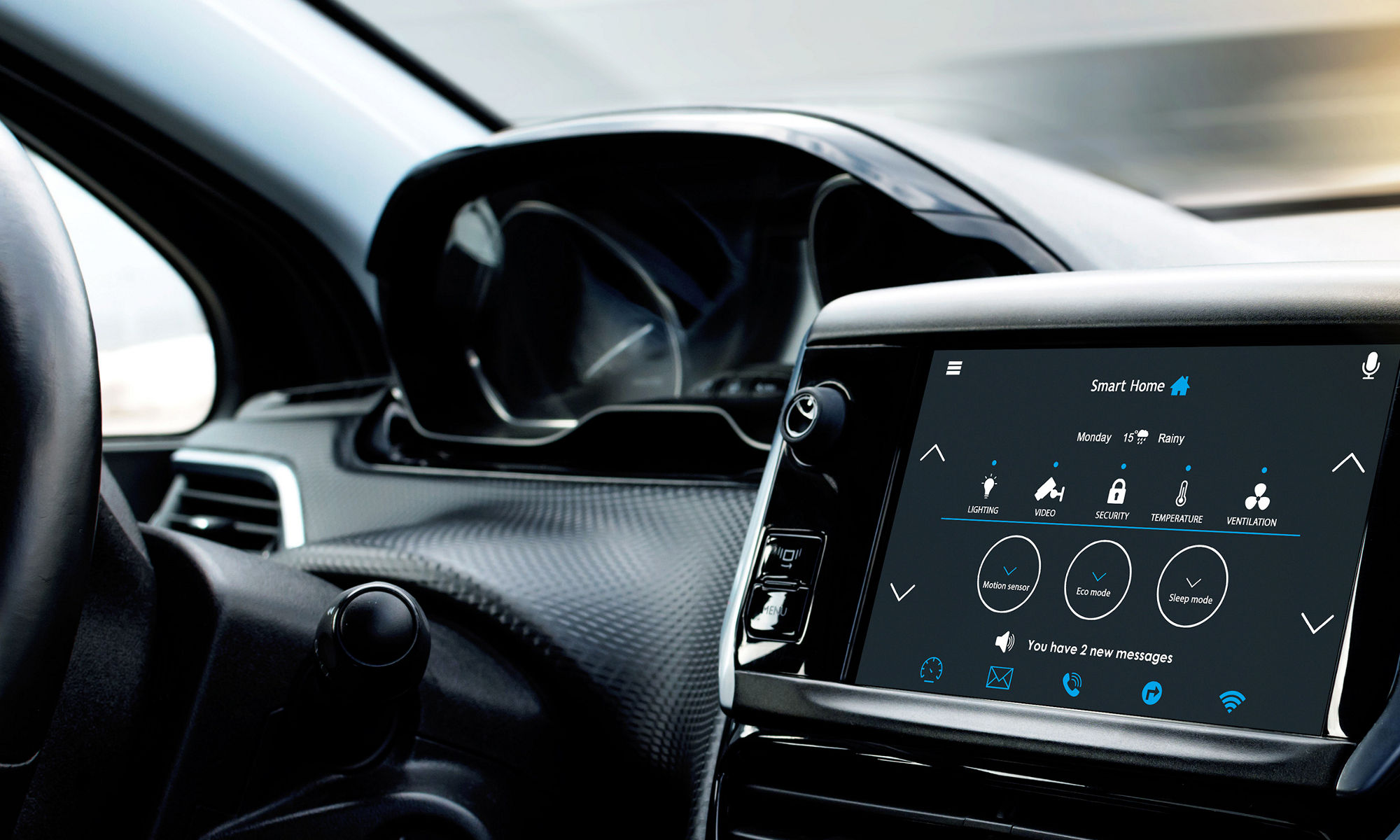Login / Register
LPDDR applications
The benefits of low-power double data-rate memory has been realized by many market segments, causing it to be adopted far beyond smartphones.
Frequently asked questions
LPDDR products generally operate at a lower voltage than standard DRAM products and are beneficial to any power conscious application. This is why they are sometimes known as LPDRAM, which stands for "low-power DRAM" memory. Each generation of LPDDR products — for example LPDDR4 vs LPDDR5 — comes with additional features like improved bandwidth or power stand-by options.
- LPDDR3 vs DDR3 — while LPDDR3 has higher latency than DDR3, its lower power usage makes it suitable for a range of ultra-portable devices.
- LPDDR4X vs DDR4 — DDR4 RAM works at 1.2V, compared to 1.1V.for LPDDR4. This lower power requirement has been extended with LPPDR4X vs DDR4, which can work at voltage levels as low as 0.6V.
- LPDDR5 vs DDR5 — a device using LPDDR memory will be more power-efficient, meaning that the battery will last longer. However, there is a trade-off with DDR5's faster data transfer speeds.
Sometimes. The system processor has to be able to recognize and communicate with a LPDRAM product. Depending on the type of processor, some will recognize both DRAM or LPDDR protocol. There are also a wide variety of form, fit and functional differences that can prohibit interchangeability.
Any application that is power conscious can benefit from the low power features of LPDDR products. If the device runs on a battery, it can benefit from LPDDR.
DRAM frequency refers to the percentage of data transferred per second — increasing frequency increases the amount of data that can be transferred at any given time. Frequency can be adjusted by changing the power voltage going into the memory chip, which is the basis of overclocking.
LPCAMM2 is a new modular memory form factor for laptops. It supports higher bandwidth than SODIMM, with speed capabilities up to 9600Mbps while remaining a 128-bit low-power solution1. LPCAMM2 consumes up to 61% less active power2 and up to 80% less system standby power3 in a smaller footprint4 than DDR5 SODIMM.
LPCAMM2 uses Micron’s LPDDR5X as its memory technology, meaning users can take full advantage of LPDDR mobile memory’s speed and energy efficiency but in a modular form factor.
LPCAMM2 (sometimes referred to as simply LPCAMM) is the industry’s first standardized modular memory form factor that leverages LPDDR memory technology. LPCAMM2 modularity enables a simpler supply chain and provides OEMs with one standard printed circuit board (PCB) and increased flexibility for memory configurations in the manufacturing process.
Additional resources
1 LPDDR5X data rates up to 9600Mbps compared to 6400Mbps for DDR5 SODIMM.
2 Up to 61% (57-61%) lower active power per 64-bit bus at the same DDR5 speed compared to SODIMM.
3 System standby power saving of up to 80% compared to SODIMM.
4 Space savings of up to 64% compared to dual-stacked SODIMM.

